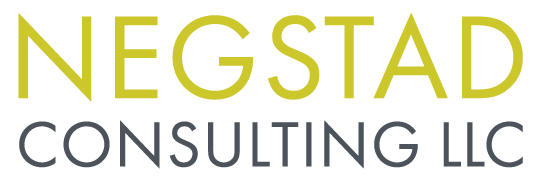5 Minutes on Finding Patterns
Finding patterns takes practice and is definitely more art than science.
I want to walk you through an example of what it might look like.
I’ll continue with the example from the blog post on Patterns Rather Than Solutions, of an organization with too much siloing between teams and wanting more collaboration.
If we were trying to SOLVE this problem we might decide we need to rewrite a job description or the set of job descriptions that make up the siloed teams.
If instead we are trying to FIND PATTERNS, we can pause and pick a place to start.
Perhaps we still start with the job description(s). But instead of jumping to a solution, we see what we notice.
Using the Pattern Spotters tool, and our understanding of the problem, we might discover the following:
We might notice that in general the members of our team are great at zooming in, they have deep content knowledge, and are highly analytical.
We might also notice that the department we are asking them to collaborate with tends to have team members that focus on the big picture (zooming out), are highly relational, and have shallow content knowledge.
On the one hand we need people with deep content knowledge.
On the other hand we are asking them to be able to effectively communicate that knowledge and to work collaboratively with other departments that have a very different role in the organization.
We might notice that the workload across the organization is currently very high. People don’t have much time to take on new tasks or learn new skills.
We might also notice that the increased workload has led to several new hires.
On the one hand we need to get the work done.
On the other hand we need to take time to build relationships and foster the team and organizational cohesion that can make the work go smoother.
In these patterns there is an opportunity to adapt, to open ourselves up to what the patterns can teach us.
Once we uncover these patterns we can shift to asking:
Which pattern has the most tension?
Or which pattern has the most energy behind it?
We identify the pattern we want to focus on for now, and then move into concrete action by asking:
Now what's one action we want to take?
For example, if we want to focus on the work and relationship balance, we might decide we are going to alternate staff meetings between "all business" and meetings that make space for "checking in and getting to know you."
Or, if we want to focus on the need to balance zooming in and the ability to zoom out, our next action might be to do some cross-team shadowing with a process to bring back our learnings to the team.
After we take an action we can pause again, revisit the issue and see what patterns have emerged.
Finding patterns is a skill. It comes more naturally for some and can be really difficult for others, but it is something we can all practice and get better at.
If you had a situation in mind, are you ready now to try the Pattern Spotter to see what you can find?

